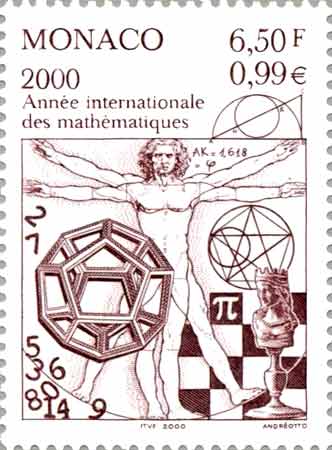.
Marcus Vitruvius Pollio (born ca. 80/70 BC?; died ca. 25 BC) was a Roman writer, architect and engineer, active in the 1st century BC. Little is known about his life. Even his first name Marcus and his cognomen Pollio are uncertain. They are only mentioned by Cetius Faventinus. Most data about his life are extracted from his own work. Whether these writings were actually written by one author or whether they were compiled by later librarians and copyists, remains an open question.
Design for a Vitruvian water-screwHe was born a free Roman citizen, most likely at Formiae in Campania. He is believed to have served in the Roman army in Spain and Gaul under Julius Caesar. He was probably one of the army engineers, constructing war machines for sieges. In later years he was employed by his sponsor, the emperor Augustus, entitled with a pension to guarantee his financial independence. His date of death is unknown, which suggests that he had enjoyed only little popularity during his lifetime.
He is said to be the author of De architectura, known today as The Ten Books of Architecture, a treatise written of Latin and Greek on architecture, dedicated to the emperor Augustus. It is the only surviving major book on architecture from classical antiquity. Mainly known for his writings, Vitruvius was himself an architect. Frontinus mentions him in connection with the standard sizes of pipes (Aq. I.25). The only building, however, that we know Vitruvius to have worked on is, as he himself tells us (de Arch. V.i.6), a basilica at Fanum Fortunae, now the modern town of Fano. The basilica has disappeared so completely that its very site is a matter of conjecture.
Vitruvius is most famous for asserting in his book De architectura that a structure must exhibit the three qualities of firmitas, utilitas, venustas - that is, it must be strong or durable, useful, and beautiful. According to Vitruvius, architecture is an imitation of nature. As birds and bees built their nests, so humans constructed housing from natural materials, that gave them shelter against the elements. When perfecting this art of building, the ancient Greek invented the architectural orders: Doric, Ionic and Corinthian. It gave them a sense of proportion, culminating in understanding the proportions of the greatest work of art: the human body. This led Vitruvius in defining his Vitruvian Man, as drawn magnificently by Leonardo da Vinci: the human body inscribed in the circle and the square (the fundamental geometric patterns of the cosmic order).
Vitruvius is sometimes loosely referred to as the first architect, but it is more accurate to describe him as the first Roman architect to have written on his field. He himself cites older but less complete works. He was less an original thinker or creative intellect than a codifier of existing architectural practice. It should also be noted that Vitruvius had a much wider scope than modern architects. Roman architects practised a wide variety of disciplines; in modern terms, they could be described as being engineers, architects, landscape architects, artists, and craftsmen combined. Etymologically the word architect derives from Greek words meaning 'master' and 'builder'. The first of the Ten Books deals with many subjects which now come within the scope of landscape architecture.
His book De architectura was rediscovered in 1414 by the Florentine humanist Poggio Bracciolini. To Leon Battista Alberti (1404-1472) falls the honour of making this work widely known in his seminal treatise on architecture De re aedificatoria (ca. 1450). The first known edition of Vitruvius was in Rome by Fra Giovanni Sulpitius in 1486. Translations followed in Italian (Como, 1521), French (Jean Martin, 1547 [1], English, German (Walter H. Ryff, 1543) and Spanish and several other languages. The original illustrations had been lost. New woodcut illustrations, based on descriptions in the text, were added in the 16th century, probably by Fra Giovanni Giocondo in Venice in 1511 [2]. The surviving ruins of Roman antiquity, the Roman Forum, temples, theatres, triumphal arches and their reliefs and statues gave ample visual examples of the descriptions in the Vitruvian text. This book then quickly became a major inspiration for Renaissance, Baroque and Neoclassical architecture
Roman architecture
References
- B. Baldwin: The Date, Identity, and Career of Vitruvius. In: Latomus 49 (1990), 425-34
- I.D. Rowland - T.N. Howe: Vitruvius. Ten Books on Architecture. Cambridge University Press, Cambridge 1999, ISBN 0-521-00292-3
Links
Latin text, version 2 (http://www.fh-augsburg.de/~harsch/Chronologia/Lsante01/Vitruvius/vit_ar01.html)
Vitruvius Architecture and the Vitruvius man of DaVinci
Retrieved from "http://en.wikipedia.org/"
All text is available under the terms of the GNU Free Documentation License

